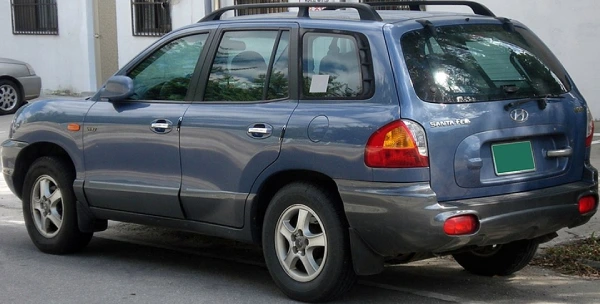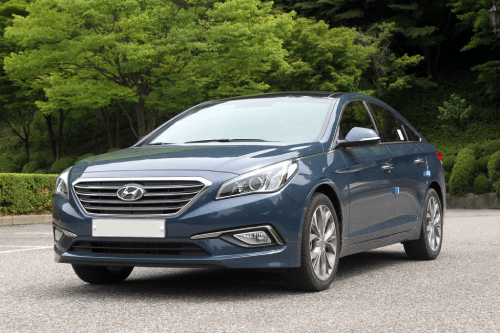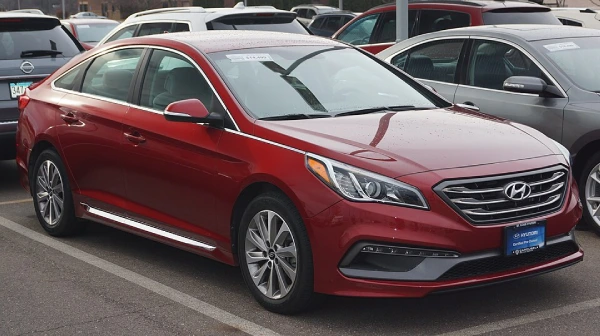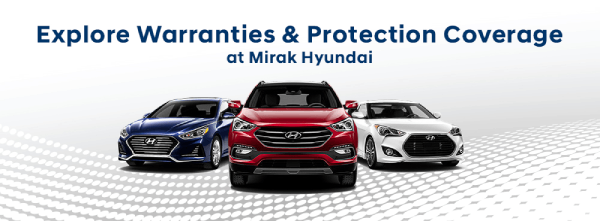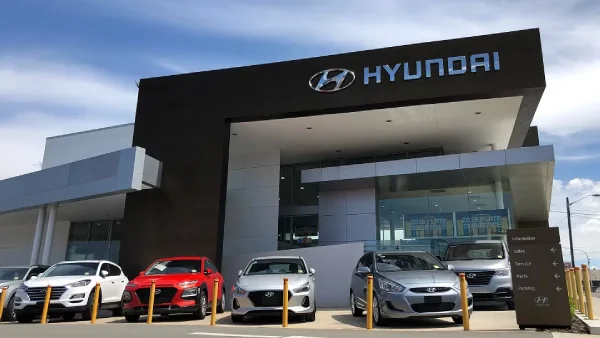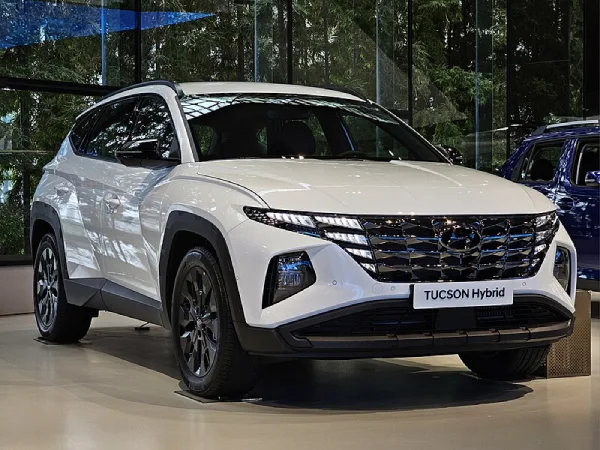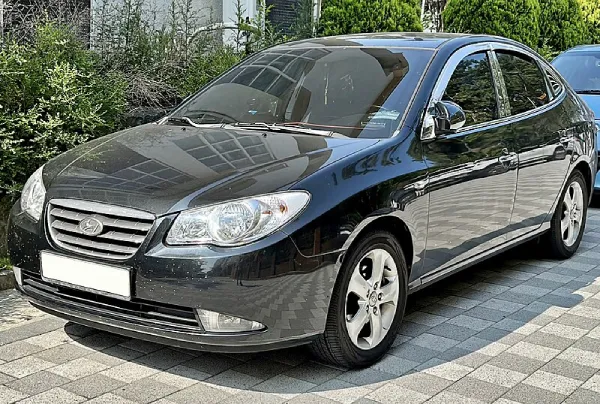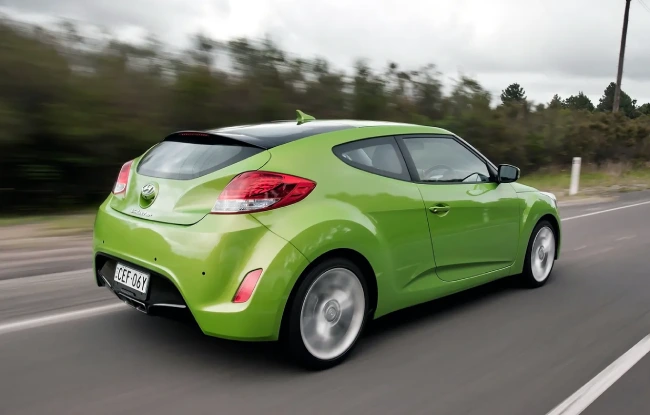Table of Contents
The 2003 Hyundai Santa Fe marked a significant step in the evolution of Hyundai as a reputable automaker. With a blend of practicality, comfort, and affordability, the Santa Fe quickly became a popular choice among families and individuals alike. In this review, we will delve into its specifications, performance, safety features, and pricing, providing you with a comprehensive overview of this midsize SUV.
Overview
The 2003 Santa Fe was available in several trims, including the base GLS and the more upscale LX. Designed to compete with established names in the SUV market, the Santa Fe offered a compelling mix of features and value that appealed to a wide audience.
Specifications
Engine and Performance
The 2003 Hyundai Santa Fe came equipped with two engine options:
- 2.4L Inline-4 Engine
- Power Output: 138 horsepower
- Torque: 136 lb-ft
- Transmission: 5-speed manual or optional 4-speed automatic
- Fuel Economy: Approximately 20 mpg city / 25 mpg highway
- 3.5L V6 Engine
- Power Output: 200 horsepower
- Torque: 219 lb-ft
- Transmission: 5-speed automatic
- Fuel Economy: Approximately 18 mpg city / 24 mpg highway
The V6 engine provided a noticeable boost in power and acceleration, making it a suitable choice for those who valued performance alongside utility.
Dimensions and Capacity
- Overall Length: 184.1 inches
- Width: 73.1 inches
- Height: 66.5 inches
- Wheelbase: 106.3 inches
- Cargo Capacity: 29.3 cubic feet behind the second row; 66.2 cubic feet with the rear seats down
- Seating Capacity: 5 passengers
Towing Capacity
The Santa Fe had a maximum towing capacity of up to 3,500 pounds when properly equipped, making it a competent option for light towing tasks like small trailers or boats.
Price
When new, the 2003 Hyundai Santa Fe had a starting MSRP of approximately 20,000forthebaseGLSmodel,whilethefullyloadedLXtrimcouldreacharound20,000 for the base GLS model, while the fully loaded LX trim could reach around 20,000forthebaseGLSmodel,whilethefullyloadedLXtrimcouldreacharound27,000. Today, the used market typically features prices ranging from 3,000to3,000 to 3,000to7,000, depending on the vehicle’s condition, mileage, and location.
Performance
On the road, the 2003 Santa Fe offered a smooth and comfortable ride, characterized by a balanced suspension that absorbed bumps and road imperfections effectively. The steering was responsive, providing a sense of control without being overly firm.
The V6 engine, in particular, delivered strong acceleration, allowing for confident overtaking and highway merging. However, some drivers noted that the 4-cylinder engine felt underpowered, especially when the vehicle was fully loaded.
Handling
While the Santa Fe was not a performance SUV, it handled well for its class. The all-wheel-drive option provided better traction in poor weather conditions, enhancing its versatility. However, the handling dynamics were more oriented towards comfort rather than sportiness, making it an ideal choice for daily commuting and family trips.
Safety Features
Safety was a priority for Hyundai when designing the 2003 Santa Fe. The SUV came equipped with several safety features aimed at protecting occupants:
- Airbags: Front and side airbags for driver and passenger protection.
- Anti-lock Braking System (ABS): Standard on higher trims, providing better control during sudden stops.
- Electronic Stability Control (ESC): Available on the V6 models, enhancing stability in slippery conditions.
- Child Safety Locks: Ensuring the safety of younger passengers in the rear seats.
- Traction Control System: Helping to maintain grip on slippery surfaces.
In crash tests conducted by the National Highway Traffic Safety Administration (NHTSA), the Santa Fe performed admirably, earning good ratings for its class. These safety features, combined with the vehicle’s solid construction, provided peace of mind for families and drivers alike.
Interior and Comfort
The interior of the 2003 Santa Fe was designed with functionality in mind. It featured a spacious cabin with ample headroom and legroom for both front and rear passengers. The materials used were of decent quality, though they did not have the upscale feel found in some competitors.
Features
- Climate Control: Standard air conditioning with available dual-zone climate control.
- Audio System: A standard CD player with optional upgrades to a premium sound system.
- Power Accessories: Power windows, locks, and mirrors were standard on most trims.
- Seating: Comfortable cloth upholstery, with leather seating available on higher trims.
Cargo Space
One of the standout features of the Santa Fe was its cargo space. The rear seats folded flat, allowing for easy transportation of larger items. The versatility of the interior made it a practical choice for active families.
Conclusion
The 2003 Hyundai Santa Fe successfully combined performance, safety, and affordability, making it a noteworthy contender in the midsize SUV market. Its range of features and spacious interior contributed to its appeal among buyers looking for a reliable family vehicle.
As a used option, the Santa Fe presents great value for those seeking an affordable SUV with practical features. While it may not have the same level of prestige as some competitors, it offers a solid choice for those who prioritize functionality and safety without breaking the bank.
In summary, whether you’re looking for a reliable daily driver or a family-friendly vehicle, the 2003 Hyundai Santa Fe remains a relevant and practical option worth considering.
